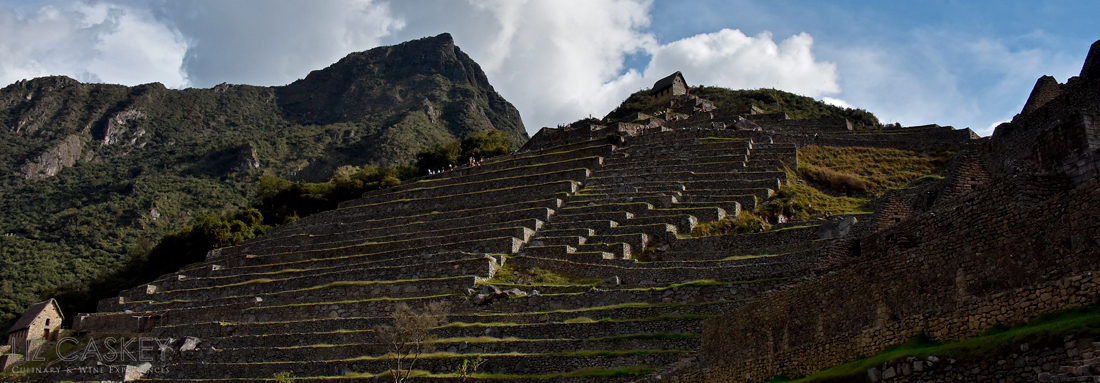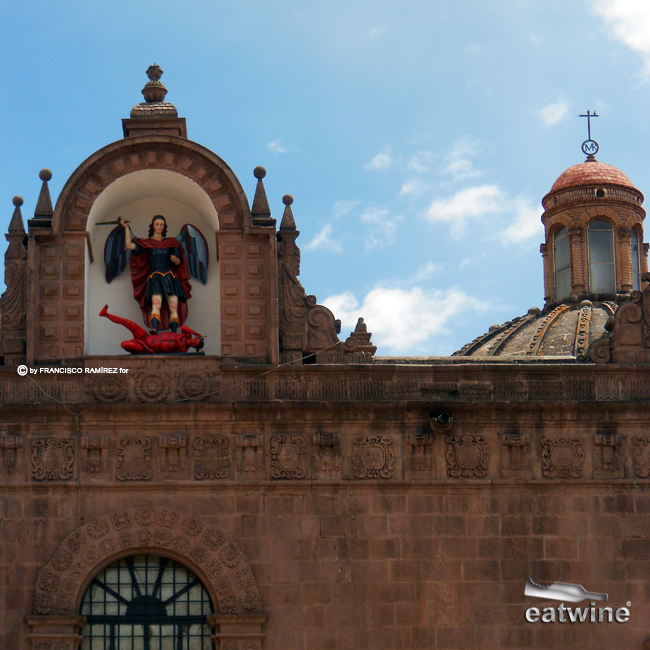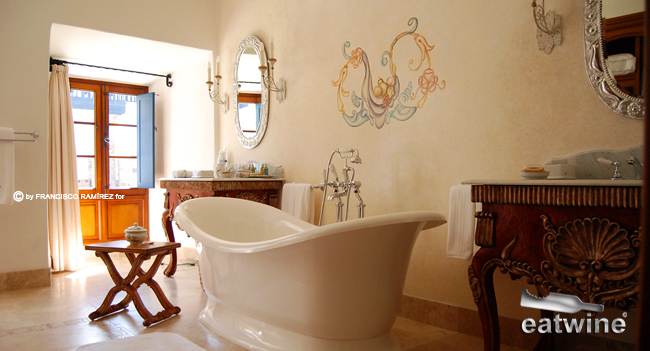For a long time, Cusco was regarded as a quick stopping off point en route to the ancient city of the Incas, Machu Picchu. With the thin, 11,000-foot air (drink your coca tea!) and once rampant backpacker scene, Cusco has markedly improved on the hotel front and its food scene. Overall, its vibe is more cosmopolitan now. Cusco is a historical heavyweight on par with Rome in its importance during the Incan empire and later Spanish colonialism. It surely is one of those timeless cities, like Prague or Venice, that is so beautiful that everything else about it seems irrelevant. Yes, it’s touristy but that does not cancel out its charm.
I could spend hours contemplating its gorgeous Plaza de Armas, arguably the most beautiful in Latin America, with its two splendid colonial churches, including the cathedral, known for a painting of the Last Supper that shows Christ and the apostles dining on cuy, guinea pig. At night, the buildings light up to shroud the city in a warm, golden light that is reminiscent of a halo. I adore roaming the tiny, cobblestone streets where bells toll with high whitewashed facades, terracotta tile roofs, and the green glimmer of the surrounding Andes in the distance. Outside the city, the Incan sites are spectacular, especially Sacsayhuaman with its immense stones, a sort of Peruvian Stonehenge.
What to do in Cusco? There’s a lot. Here’s the recent short list from my last scouting trip, by no means exhaustive (full length version available to our travelers, of course).
Sleep: In June we stayed at the just-opened Palacio Nazarenas, a 55 all-suite Orient-Express hotel housed in a 16th century Carmelite convent. Located off Plaza Nazarenas, a cobblestone plaza one block from the Main Square and Bohemian San Blas quarter, it has five internal patios all with whitewashed adobe walls and hand-carved timber balconies. Every corner of the hotel seems to have some historical significance, including one of the patios deemed “the secret garden”, where the restaurant Senzo, grows its herbs. The hotel clearly honors its past but has been renewed with all the modern luxuries you’d expect. Rooms are oxygenated to breathe easier. Interiors are accented with Persian rugs and spacious heated marble bathrooms. A personal butler will help you with anything you may need. Or just soak up the Cusco sunshine by the city’s first outdoor pool, tucked inside a cloistered courtyard. Last, but not least, Chef Virgilio Martínez, of Lima’s Central Restaurant, is the consulting chef. It shows in the food. They source much of their produce and dairy from their own local, organic farm, all in clever combos.
Eat: If you want to be indoctrinated into what the locals eat, a visit to the San Pedro Market is in order. The huge, rambling central market (go with a sense of adventure) has dozens upon dozens of stands hawking everything from chicharrón (pork rinds), a favorite snack, Andean potatoes and oca (another sweet tuber), stacks of artisan cheeses from Urubamba in the Sacred Valley at different points of maturation, and the comedores, eating stalls. Breakfast in Cusco is quite hearty so locals chow down on brothy stews or tamales and suckling pig. Personally, I would skip any snacks, though, due to questionable water and hygiene.
Right now, the food in Cusco seems to be heavily oriented towards the Novoandino tendency, a contemporary spin on Andean ingredients. Andean trout, huacatay (Andean black mint), quinoa, alpaca and oca sweet potatoes are everywhere. Recommendable spots to try this yummy cuisine is celebrity chef Gaston Acurio’s Chi Cha, housed in a charming colonial building with high ceilings. I loved the rendition of alpaca three ways—roast beef, carpaccio and tartare. For a foodie experience, the MAP Café has diners in a glass prism within the handsome Museum of Pre-Colombian Art’s courtyard. At dinner, the lighting shines down onto each dish like a true work of art. Tasting menu here is sublime.
Drink: When in Cusco, do as the Cusqueños do. That would be throwing back some cold Cusqueña beers or better yet, head for a bar specializing in Pisco called El Pisquerito. With dozens of types of Pisco and cocktails, this is your chance to experience the poetic magic of the Pisco buzz. Another best spot for cocktails is at LIMO on the Plaza de Armas. Here, there’s only one drink I obsess about—El Ají Seco—although all are good. This potent yet enticing drink comes with yellow chili-infused Pisco, passion fruit juice, lime juice, mandarin liqueur, and simple syrup. It came shaken and served as a martini with a fresh yellow chili as garnish. It reminds me of a slightly sweet Bloody Mary. Spicy but not racy. Sweet but not sticky. Delish but VERY dangerous. Take it from my experience, pace yourself.
Find: Last year marked the 100th anniversary of Yale University professor Hiram Bingham’s rediscovery of the Incan ruins at Machu Picchu. Marking the occasion, Yale returned 300 artifacts from Bingham’s expeditions, many of which are now display at Cusco’s UNSAAC-Yale International Center for the Study of Machu Picchu and Inca Culture, a couple blocks away from the Plaza de Armas. The newish ChocoMuseo is a museum dedicated to chocolate and the fact that Peru procures some of the best, purest cacao in the world. You can visit the museum for free, or sign up for one of their workshops to indulge the chocolate maker within you (come on, we all have one).
Alpaca is synonymous with Peru so why not bring back some soft, warm garments? First ounce of advice, buy from a reputable dealer, especially if buying Baby Alpaca, which garners significantly more in the marketplace (Peruvians call faux Baby Alpaca “Maybe Alpaca”). For the finest alpaca clothing and stylish designs, head to either Kuna or Sol Alpaca.
















